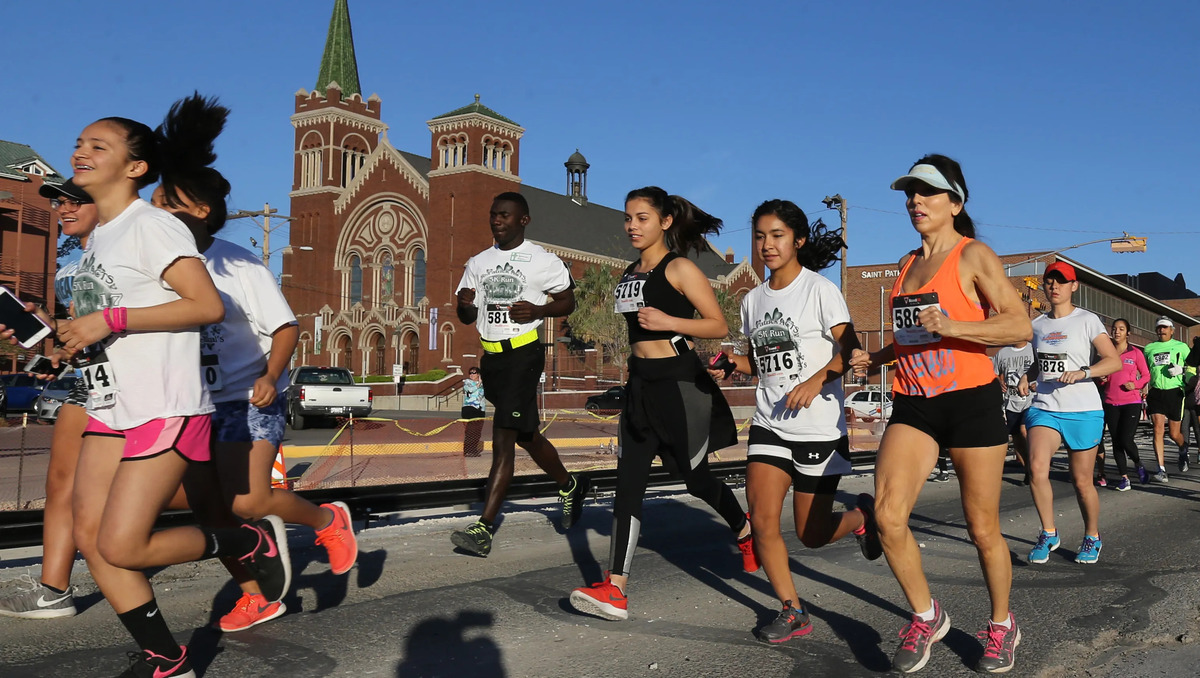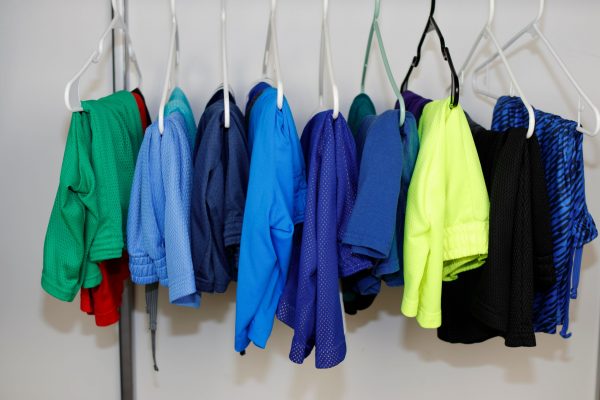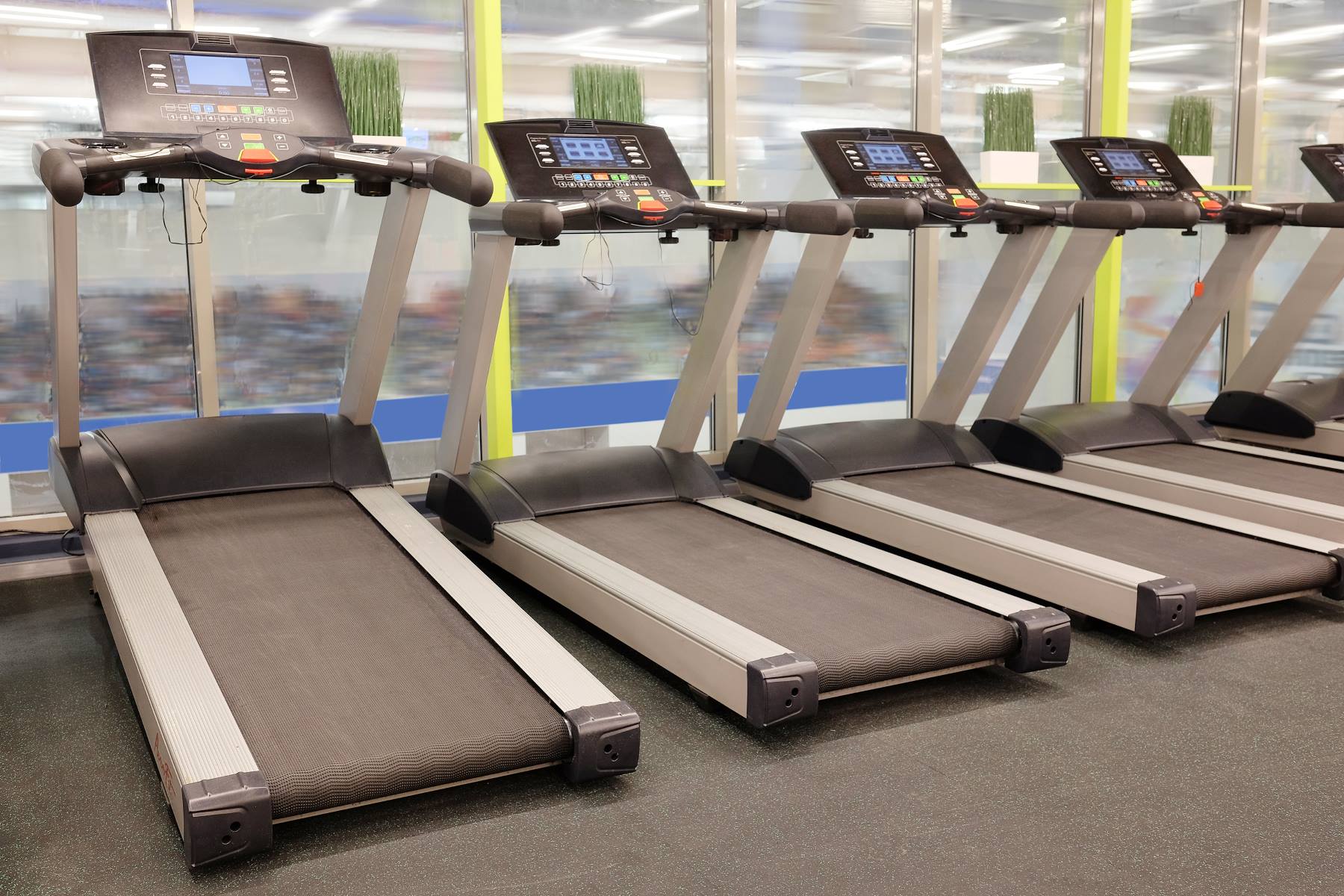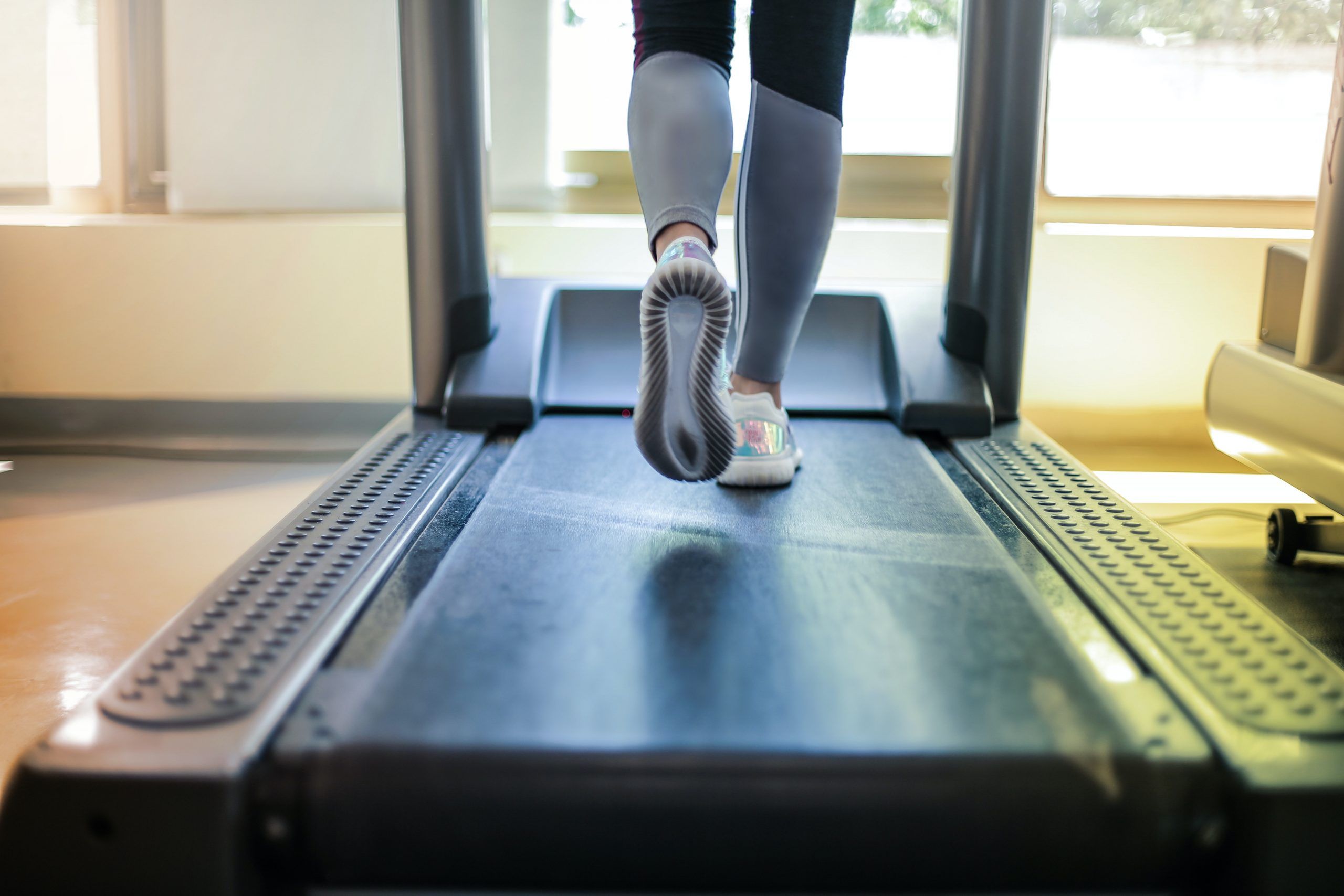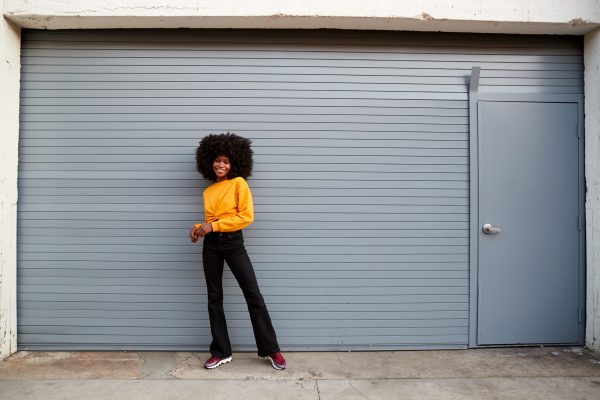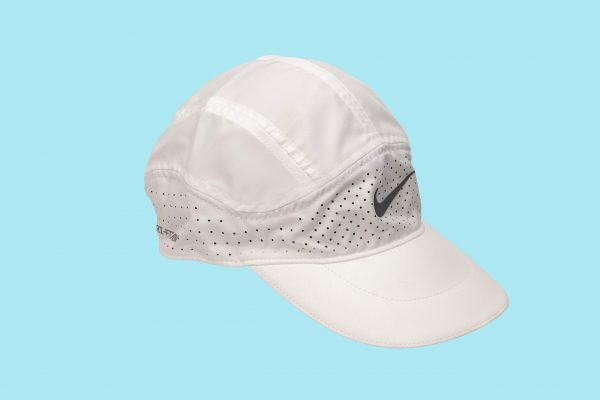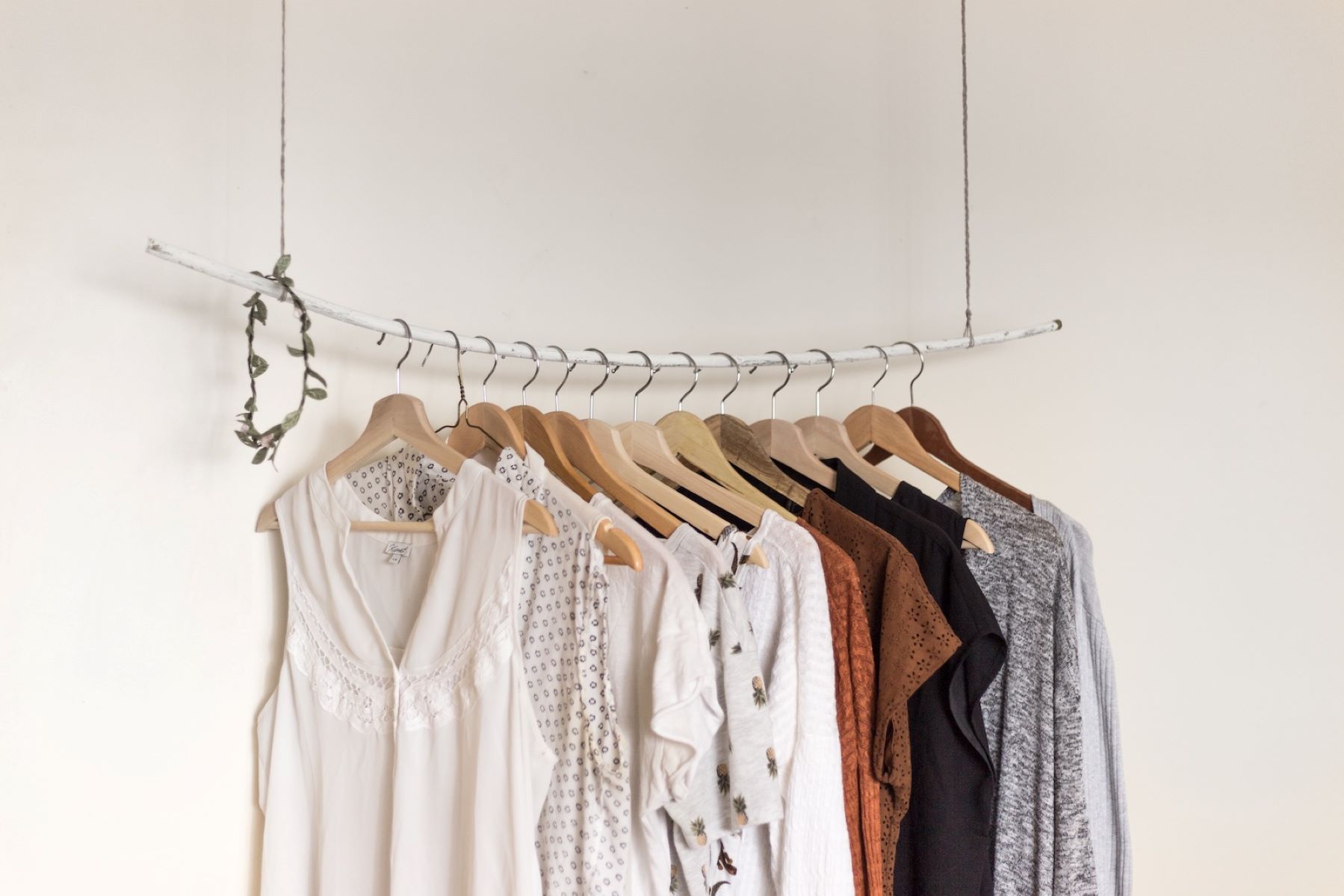

Featured
How Can I Organize My Workout Clothes
Modified: January 2, 2024
Looking for a way to keep your workout clothes organized? Check out our featured tips and tricks to help you declutter and streamline your fitness wardrobe.
Introduction
Keeping your workout clothes organized can be a daunting task, especially if you have a collection that seems to grow larger every week. Searching for that perfect pair of leggings or hunting down a matching sports bra can waste valuable time and leave you feeling frustrated before you’ve even begun your workout. However, with a little planning and organization, you can create a system that not only keeps your workout clothes tidy but also makes it easy to find exactly what you need when you need it.
When it comes to organizing workout clothes, there are a few key steps to consider. First, you’ll want to declutter and sort your clothing, getting rid of anything that no longer serves you or sparks joy. Next, you’ll need to choose a storage system that suits your space and preferences. Whether you opt for folding, hanging, or a combination of both, the key is to find a method that allows easy access to your garments. Utilizing organizers and dividers can also help keep things neat and tidy, while maximizing your storage space.
In this article, we will explore various techniques and strategies to help you organize your workout clothes effectively. From folding and stacking to hanging and utilizing organizers, we will guide you through the steps to create an organized system that makes it a breeze to find your favorite workout attire. Whether you have a dedicated closet or are working with limited space, there are solutions for every situation. Let’s dive in and discover how you can effortlessly organize your workout clothes!
Decluttering and sorting your workout clothes
Before you start organizing your workout clothes, it’s important to declutter and sort through your collection. Over time, it’s easy for items to accumulate, resulting in a cluttered and disorganized closet. Follow these steps to streamline your workout wardrobe:
- Take inventory: Start by taking out all your workout clothes and assess what you have. This will give you a clear picture of your collection and help you identify items you no longer wear or need.
- Sort by category: Create piles for different types of workout clothes, such as leggings, shorts, sports bras, and tops. This will make it easier to see what you have, identify duplicates, and determine what items you may need to invest in.
- Consider functionality and condition: As you sort through your clothes, think about the functionality of each item. Ask yourself if it still fits well, if it’s comfortable to wear, and if it’s suitable for your current fitness routine. Also, check the condition of each piece and discard anything that is damaged, worn out, or beyond repair.
- Donate or sell: If you come across workout clothes that are in good condition but no longer serve you, consider donating them to a local charity or selling them online. This not only helps declutter your space but also gives someone else the opportunity to enjoy your pre-loved activewear.
- Create a capsule collection: Once you’ve decluttered, consider creating a capsule collection of workout clothes. Choose versatile pieces that can be mixed and matched, making it easier to put together outfits for different activities. This will not only save you time but also help you make the most of the items you have.
By decluttering and sorting your workout clothes, you’ll be left with a streamlined collection that reflects your current fitness goals and preferences. Plus, with fewer items to organize, you’ll find it easier to create an organized and efficient storage system.
Choosing a storage system
Once you’ve decluttered and sorted your workout clothes, the next step is to choose a storage system that works best for your space and preferences. Here are some options to consider:
- Shelving units or cubes: Shelving units or cubes are versatile storage options that can be customized to fit your needs. You can use them to store folded workout clothes, shoes, and accessories. Opt for cube organizers with fabric drawers to add an extra layer of organization and keep smaller items contained.
- Drawer dividers: If you have drawers in your closet or dresser, using dividers can help keep your workout clothes separated and neatly organized. Dividers are especially useful for smaller items like socks, sports bras, and underwear. They prevent items from getting jumbled together, making it easy to find what you need when getting dressed for a workout.
- Hanging organizers: Hanging organizers, such as hanging shelves or shoe organizers with clear pockets, are great for maximizing vertical space in your closet. You can hang these organizers on a rod or the back of a door to store items like leggings, shorts, and tanks. The clear pockets allow you to see what’s inside, ensuring easy access to your workout clothes.
- Baskets or bins: Baskets or bins are useful for storing larger or bulkier items like sweatshirts or jackets. Place them on shelves or in designated areas to keep these items organized and easily accessible. Opt for baskets or bins with handles for easy transport and mobility.
- Pegboards or hooks: If you have wall space in your closet or gym area, consider installing a pegboard or hooks. These allow you to hang items like resistance bands, jump ropes, and even smaller accessories. Not only does this keep things organized, but it also adds a visual element to your space.
When choosing a storage system, think about the available space, the amount of clothing you have, and what type of organization method works best for you. It’s important to select a system that is functional, visually appealing, and easy to maintain. Take measurements of your space and consider how different storage solutions will fit into it. This will help you determine the best option for your specific needs.
Folding and stacking your workout clothes
One of the most common and efficient methods for organizing workout clothes is folding and stacking. This technique works well for items like leggings, shorts, t-shirts, and tank tops. Here’s how to fold and stack your workout clothes effectively:
- Choose a folding technique: There are various folding techniques you can use to maximize space and keep your clothes organized. One popular method is the KonMari folding method, where you fold clothes into compact rectangles. Another option is the basic fold, where you fold garments in half and then in half again.
- Sort by category: Before folding your clothes, sort them into categories such as leggings, shorts, and tops. This will make it easier to find specific items when you’re getting dressed for a workout.
- Consistent sizing: To create uniform stacks, try to fold your clothes into similar sizes. This will not only make your stacks look neater but also allow for easier organization and retrieval of items.
- Vertical stacking: Instead of stacking your clothes horizontally, stack them vertically. This method allows you to see each item in the stack easily and eliminates the need to rummage through a pile to find what you’re looking for. It also helps prevent clothes from getting wrinkled or creased.
- Label or color-code: To further enhance organization, consider labeling or color-coding your stacks. You can use labels or tags to indicate the contents of each stack or assign a specific color to different categories of workout clothes. This visual cue will make it even easier to find what you need at a glance.
Folding and stacking your workout clothes not only keeps them organized but also allows for efficient use of space. You can place stacks of folded clothes on shelves or in drawers, ensuring they are easily accessible. By following these folding and stacking techniques, you’ll save time and reduce the chances of your clothes becoming messy or disheveled.
Hanging your workout clothes
Hanging your workout clothes can be a convenient and visually appealing way to organize your activewear. This method is ideal for items like sports bras, tank tops, jackets, and hoodies. Here are some tips for effectively hanging your workout clothes:
- Invest in quality hangers: Choose sturdy hangers that can support the weight of your workout clothes without stretching or causing damage. Opt for hangers with nonslip features to prevent garments from slipping off and ending up on the floor.
- Categorize by type: Group similar items together by type. Hang sports bras, tank tops, and t-shirts in one area, while jackets and hoodies can be hung separately. This will make it easier to find the specific item you need when getting dressed for a workout.
- Color coordination: Consider arranging your hanging clothes by color for a visually pleasing and organized display. You can hang them in a gradient from light to dark or organize them according to your personal preference.
- Use vertical space: Utilize the vertical space in your closet by using cascading hangers or hooks. These allow you to hang multiple items on a single hanger, maximizing the space while keeping your clothes easily accessible. This is particularly useful for items like leggings or shorts.
- Hang damp clothes to dry: If you’ve worn your workout clothes and they are damp or sweaty, it’s important to hang them up to dry before placing them back in your closet. The ventilation and airflow provided by hanging will help prevent any unpleasant odors or mildew from developing.
Hanging your workout clothes not only keeps them organized but also prevents excessive wrinkling or creasing. By implementing these tips, you’ll have a neat and accessible display of your activewear, making it effortless to choose your outfit for each workout.
Utilizing organizers and dividers
In addition to folding, stacking, and hanging your workout clothes, utilizing organizers and dividers can further enhance the organization and accessibility of your activewear. These tools help keep smaller items and accessories in order. Here’s how you can effectively use organizers and dividers:
- Drawer organizers: Invest in drawer organizers or dividers to separate small items like socks, underwear, and accessories. These organizers keep everything neatly in place, making it easier to find what you need. Consider adjustable or modular organizers that can be customized to fit the size of your drawers and accommodate different types of items.
- Closet or shelf dividers: If you have shelves in your closet, use dividers to create compartments for different types of workout clothes. Dividers can be easily inserted onto shelves, creating designated sections for leggings, tops, or sports bras. This prevents items from getting mixed up and helps maintain an organized display.
- Accessory organizers: Use small bins or trays to store accessories such as headbands, hair ties, jewelry, or fitness trackers. These organizers can be placed on shelves or in drawers, ensuring these smaller items are kept in one place and are easy to find when needed.
- Hanging pouches or shoe organizers: Hang pouches or shoe organizers with pockets on the back of your closet or on a door. These are great for storing items like resistance bands, workout gloves, or water bottles. The clear pockets allow you to see the contents at a glance, saving time when searching for specific accessories.
- Label and categorize: To further enhance organization, use labels or tags on your organizers or dividers. Label each section or pocket with the type of item it contains, such as “socks”, “sports bras”, or “hair accessories”. This ensures everything has a designated place and makes it easier to locate and return items after use.
By utilizing organizers and dividers, you can keep your workout clothes and accessories well-organized and easily accessible. These tools create designated spaces for different items, preventing clutter and making it a breeze to find what you need when getting ready for a workout.
Maximizing storage space in small areas
If you have a small space to work with, it’s important to find creative ways to maximize storage for your workout clothes. Here are some tips to help you make the most of limited space:
- Utilize vertical space: Make use of vertical space by installing floating shelves or adding stackable storage units. This allows you to take advantage of height and frees up valuable floor space.
- Over-the-door storage: Take advantage of the back of your closet or room doors by using over-the-door organizers or hooks. These are perfect for hanging items like resistance bands, yoga mats, or towels, keeping them accessible and out of the way.
- Under-bed storage: If your bed has storage space underneath, invest in under-bed storage containers or drawers. These are ideal for storing items like seasonal workout clothes or equipment that you don’t need on a daily basis.
- Utilize corners: Corners often go unused, but they can be valuable storage spaces. Consider installing corner shelves or hanging corner organizers to store folded clothes, shoes, or accessories.
- Multi-functional furniture: Choose furniture pieces that serve more than one purpose. For example, opt for a storage ottoman that doubles as a seating area or a bench with built-in storage compartments.
- Stackable containers: When storing items in closets or on shelves, use stackable containers to maximize space vertically. These containers are perfect for holding folded workout clothes or organizing smaller accessories.
- Use the inside of closet doors: Attach hooks or hanging storage on the inside of closet doors to hang items like belts, hats, or water bottles. This helps free up space on shelves or in drawers.
- Consider slimline hangers: Slimline hangers take up less space compared to traditional bulky hangers, allowing you to fit more clothing in your closet. This simple swap can make a significant difference in maximizing storage space.
Maximizing storage space in small areas requires ingenuity and resourcefulness. By implementing these tips and tricks, you can transform even the tiniest space into a functional and organized workout clothes storage area.
Creating a daily or weekly outfit organization system
When it comes to getting ready for workouts, having a well-organized outfit system can save you time and energy. Here are some tips for creating a daily or weekly outfit organization system:
- Plan ahead: Take a few moments at the beginning of each week to plan your workouts and the corresponding outfits. Consider factors such as the type of exercise, weather conditions, and any specific gear or accessories you may need.
- Lay out outfits in advance: To streamline your mornings, lay out your outfits the night before. Place each complete outfit, including workout clothes, socks, shoes, and accessories, in a designated area. This will help you avoid scrambling to find matching items in the morning.
- Use a hanging organizer: Invest in a hanging organizer with labeled compartments for each day of the week. This allows you to pre-select and organize your outfits for the entire week in one place. Hang the organizer in your closet or on the back of your bedroom door for easy access.
- Consider a clothing rack: If you have the space, set up a clothing rack dedicated to your workout clothes. Arrange outfits for each day of the week, including all necessary items, such as sports bras, leggings, tops, and accessories. Having them displayed and easily accessible can make choosing an outfit quick and effortless.
- Label or color-code: Whether you’re using a hanging organizer or a clothing rack, consider labeling or color-coding each compartment or hanger with the corresponding day of the week. This visual cue will save you time in the mornings and help you stay organized throughout the week.
- Adjust as needed: Be flexible with your outfit organization system. If you have a last-minute change in your schedule or prefer to make outfit choices on a daily basis, adapt your system accordingly. The goal is to create a system that works best for your lifestyle and preferences.
By establishing a daily or weekly outfit organization system, you’ll eliminate the stress of choosing workout clothes each day. Instead, you’ll have everything prepared and ready to go, allowing you to focus on your fitness routine and start the day smoothly.
Maintaining the organization of your workout clothes
Once you’ve put effort into organizing your workout clothes, it’s essential to maintain that organization to prevent clutter and ensure easy access to your activewear. Here are some tips for maintaining the organization of your workout clothes:
- Put things back in their designated places: After each workout, take a few moments to return your workout clothes to their designated storage areas. Avoid the temptation to toss them aside or leave them lying around. Keeping this habit will help maintain a clutter-free space.
- Regularly assess your collection: Periodically assess your workout clothes to see if there are any items you no longer wear or need. Remove and donate or sell those items to keep your collection streamlined and relevant to your fitness routine.
- Fold or hang immediately: If you prefer not to plan outfits in advance, make a habit of folding or hanging your workout clothes immediately after washing. This ensures they stay wrinkle-free and easily accessible for your next workout.
- Rotate your clothes: To prevent excessive wear and tear on specific items, rotate your workout clothes regularly. This allows you to evenly distribute usage and extends the lifespan of each garment.
- Perform routine maintenance: Attend to any repairs or cleaning needs promptly. Replace any missing buttons, mend small tears, and remove any stains promptly to keep your workout clothes in good condition.
- Adjust as needed: As your fitness routine or clothing collection evolves, be open to adjusting your organization system. Your needs and preferences may change over time, so make necessary tweaks to ensure your system remains effective.
By staying diligent and consistent with maintaining the organization of your workout clothes, you’ll avoid re-cluttering your space and ensure that everything is easily accessible when you need it. Regular maintenance and upkeep will contribute to a well-organized and functional activewear collection.
Conclusion
Organizing your workout clothes not only enhances the visual appeal of your space but also saves you time and reduces stress when preparing for your fitness routine. By following the steps outlined in this article, you can create an efficient and organized system that works best for your needs and preferences.
Start by decluttering and sorting your workout clothes, getting rid of anything you no longer wear or need. Choose a storage system that fits your space, whether it’s using shelves, drawers, hanging organizers, or a combination of these methods. Take the time to fold clothes properly and stack them to maximize space, or hang items to keep them easily accessible. Utilize organizers and dividers to keep smaller items and accessories in order. If you have limited space, consider creative ways to maximize storage and utilize vertical and unused areas.
Creating a daily or weekly outfit organization system can further streamline your morning routine. Plan ahead, lay out outfits in advance, and utilize tools like hanging organizers or clothing racks to have your workout clothes ready to go.
Maintain the organization of your workout clothes by developing habits of putting items back in their designated places, regularly assessing your collection, and performing routine maintenance to keep your clothes in good condition.
In the end, an organized workout clothes collection not only makes it easier to find what you need but also promotes a sense of calm and clarity. Knowing that your workout clothes are in order allows you to start your fitness journey with a focused and positive mindset.
So, take the time to declutter, sort, and organize your workout clothes. Explore different storage options, folding techniques, and outfit organization systems to find what works best for you. With a well-organized activewear collection, you’ll be ready to crush your workouts and achieve your fitness goals with ease.
